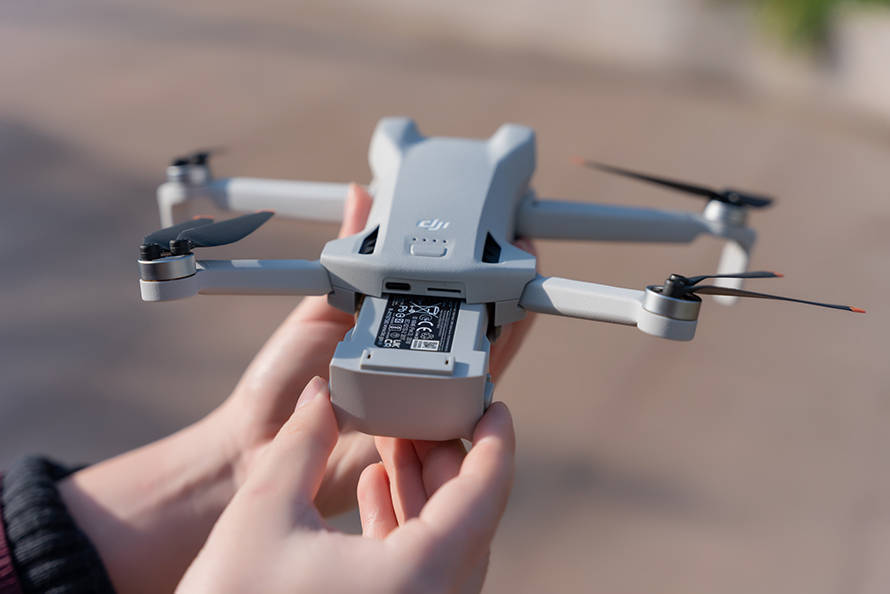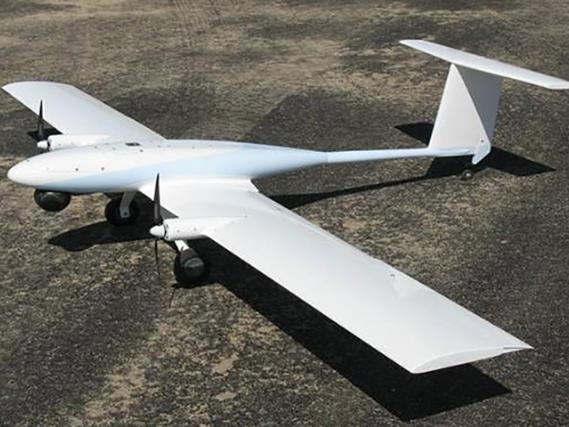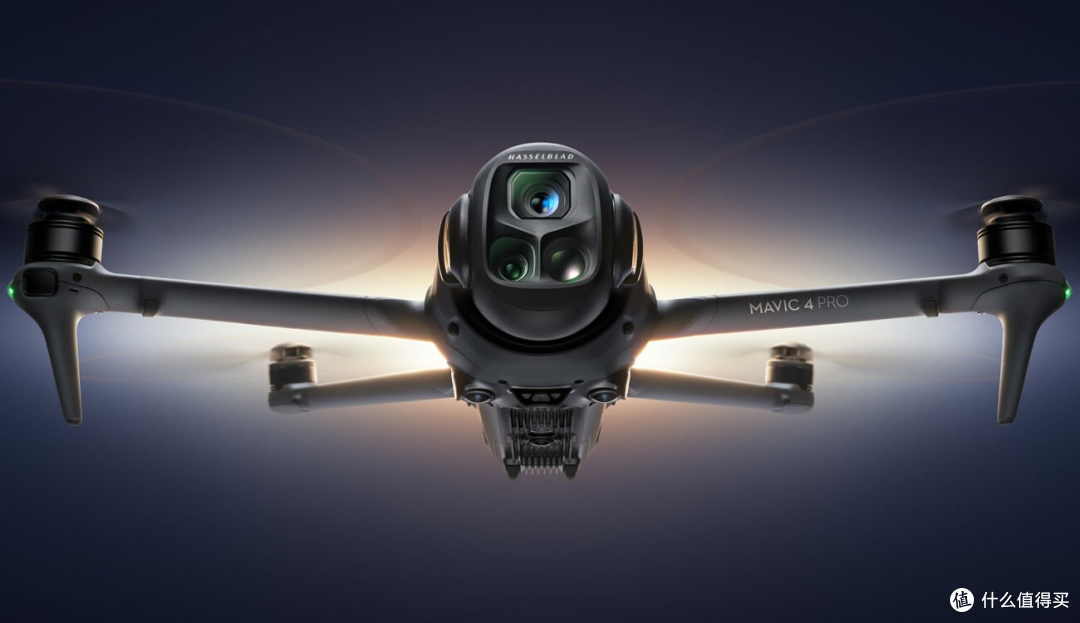In today’s rapidly evolving technological landscape, the realm of security is constantly being challenged, particularly by the proliferation of drones. These unmanned aerial vehicles, while offering numerous advantages in fields like photography, surveying, and delivery, also pose significant risks. Hence, the development and deployment of advanced anti drone system solutions have become imperative for enhanced protection and security.

Understanding the Need for Anti Drone Systems
Drones have become increasingly accessible and affordable, leading to their widespread use for legitimate purposes and nefarious activities alike. This growth has necessitated the need for robust anti drone systems. Such systems are designed to detect, track, and neutralize drones that threaten security in various environments, from military bases to private properties.
How Do Anti Drone Systems Work?
Anti drone systems employ a range of technologies, each with its specific application and benefits. The five core components typically include radio frequency detection, radar systems, optical sensors, acoustic sensors, and jamming technologies.
- Radio Frequency Detection: This involves scanning for frequencies used by drones to ensure early identification.
- Radar Systems: Utilizing radar allows for tracking drones that may be beyond visual sight.
- Optical Sensors: These sensors provide high-definition imagery, assisting operators in analyzing drone threats.
- Acoustic Sensors: By listening for drone-specific sounds, these systems can identify drones in real-time.
- Jamming Technologies: These systems can disrupt the communication between a drone and its controller, leading to its neutralization.

The combination of these technologies ensures comprehensive monitoring and swift action against unauthorized drones.

The Importance of Advanced Technologies
With the constant evolution in drone technology, anti drone systems must be equally sophisticated. Modern systems employ artificial intelligence and machine learning to improve detection accuracy and response times. AI-enabled systems can differentiate between different types of drones, predict their paths, and assess the potential threat they carry.
Through machine learning, anti drone systems can continuously improve by analyzing drone behavior and adapting strategies to counter them.
Legal and Ethical Considerations
While anti drone systems provide security, it’s crucial to navigate the legal and ethical landscape. Operators must be aware of the rules governing airspace and privacy. Misuse and overly aggressive countermeasures might result in legal repercussions.
The Future of Anti Drone Systems
As technology advances, the future of anti drone systems looks promising. Automation and integration with other security measures will enhance their effectiveness further. Future systems may include swarm technology to counter large numbers of drones simultaneously, improving security in high-risk environments.
Common FAQs
What are the limitations of current anti drone systems?
Despite advancements, current systems may struggle with distinguishing drones from other flying objects, especially in busy environments. Development is ongoing to address these challenges.
Can anti drone systems infringe on privacy?
While designed for safety, there is potential for privacy issues if not employed responsibly. Regulations are in place to ensure proper use.
How can one legally deploy an anti drone system?
Deploying such systems usually requires permits and must adhere to local laws regarding airspace and privacy. It’s prudent to consult legal experts before deployment.
